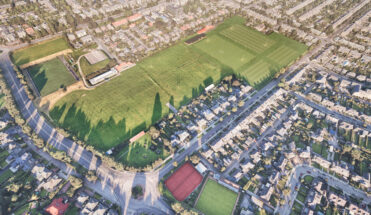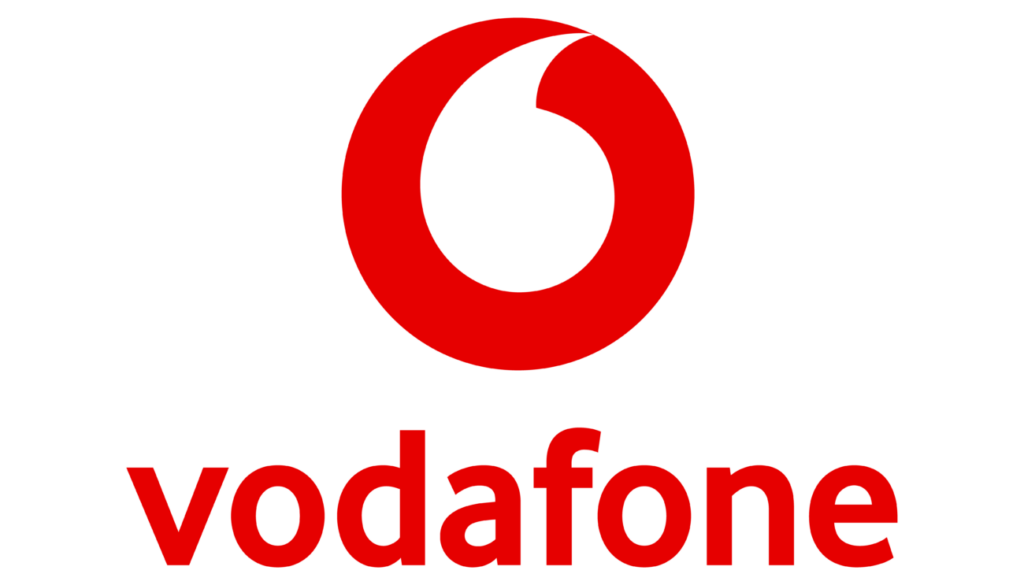IN FOCUS: FOSROC Super6 leads a new pathway
As the much-anticipated FOSROC Super6 kicks off this weekend with fixtures on Friday, Saturday and Sunday, the focus has moved on from the merits and means of creating the new structure to the opportunity now provided for emerging Scottish talent to participate in a more intense level of rugby than has been available until now.
Although there have been arguments over aspects of the new set-up, the majority of observers have agreed that the gulf between club rugby and pro team rugby was too wide for young players to make the leap.
FOSROC Super6 is designed to bridge that gap, and there is general agreement that the new pathway will offer players a better chance, as part-time professionals, to prepare for a possible step up to pro team rugby.
Of the six franchises, three are based in Edinburgh (Watsonians, Heriot’s and Boroughmuir Bears), one in Ayr (Ayrshire Bulls), one in Stirling (Stirling County) and one in Melrose (Southern Knights).
These six franchises, partly funded by Scottish Rugby and partly self-funded, have squads of 35 players and will compete against each other home and away, before play-offs take place, giving each team 12 fixtures. Cross-border competition will be introduced later in the season against the top six sides from last season’s Welsh Premiership.
But while talk about player development has dominated the agenda during the build-up to the launch, it is easy to overlook another of the key objectives of Super6: coach development. All six coaches of the new franchise teams are products of Scottish rugby, having represented either the national team, A team or Scotland 7s.
Just like the hurdles faced by players, coaches in Scotland have found it difficult to break out of the club game and move into professional rugby. With only two professional teams in Scotland, opportunities have been limited. Since Frank Hadden was promoted to national team coach in 2005, Edinburgh Rugby have had seven coaches, and only one has been Scottish – Rob Moffat – although Scots have taken on brief caretaker roles between main appointments. There have been more Scots involved at Glasgow Warriors over the same time period, with Hugh Campbell, Sean Lineen and Gregor Townsend preceding New Zealander Dave Rennie, but the overall picture remains one of Scottish coaches having to look to other areas for posts that will develop their talents and strengthen their experience.
“What Super6 gives us is an identifiable, visible pathway for players, but also for coaches,” says Sean Lineen, Scottish Rugby’s Head of Academies who is leading the on-field development of the Super6 set-up. “There are currently good coaching opportunities at national age grade, at schools, and at clubs up to the Premiership. These coaches, if they are good enough, can now move on to Super6, and beyond that, they can look at Scotland Women, the Under 20s, or Scotland 7s, all full-time roles. There are also the various positional jobs in the national set-up.
“These professional coaches are really the only full time people at the FOSROC Super6 teams, so they are very important to what we are aiming to achieve, and we will be meeting with them regularly as part of their development.
“All six teams are linked to one of the two pro teams, and the relationship between the professional team coach and the Super6 sides is going to be really important.”
But of course with an overall player pool of 210, the biggest opportunity in Super6 is for those on the field.
“Our most promising players have a similar pathway, from minis, to clubs, to Premiership and now to Super6,” says Lineen” The big thing here is joining up rugby at all levels – players, coaches, and dare I say referees as well. They are another part of what we are doing here, and we have been speaking to them during our preparations.”
Lineen has previously made reference to his homeland of New Zealand, where a similar part-time professional set-up exists, but he can point to examples around the world. As far as he is concerned, this isn’t about choice. Scottish rugby needs the Super6.
“It’s something that’s been missing here,” he says. “Most other countries already have a part-time professional set-up. Look at France, Italy, England, Spain, Russia, and Japan. Add in Australia. They are all doing it. We need to do this too.
“Scotland is such a small country in terms of playing numbers in other countries, so we must make what we have work well, and make the game attractive at all levels. It has to be something that people want to be involved in, with an exciting future.”
Lineen will be at Meggetland for the opening match as his old team Boroughmuir (Bears) take on Stirling County, and can’t wait to see the action get underway. He doesn’t pretend for a minute that the competition will be an overnight success, but he believes that given time, a willingness to embrace change and a readiness to adapt and improve where necessary, the formula can work.
“Of course it’s not going to be perfect but this is just the start,” he says. “It’s going to grow. Super6 means a lot of young players are going to stay in Scotland, coaches are going to have more opportunities, and clubs are going to become more professional.
“There is a template for review after six games, when the teams take a short break over the festive season. We will look at what we are doing well, what we can do better, what improvements we can make.
“We are building something new, and it will take time. We have to give it a chance.”
Donald Walker offers a guest perspective as a former Sports Editor and then Deputy Editor of The Scotsman from 1998 to 2019 and is writing a series on rugby.
Tags
Related news
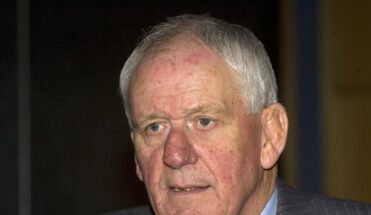
Obituary: Peter Brown
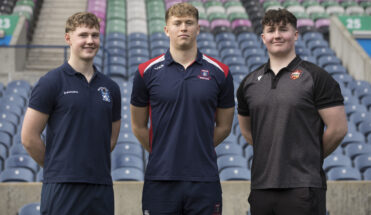
Three of the best young players in Scotland bound for South Africa
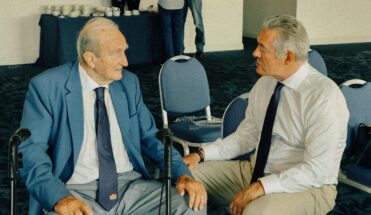
Obituary: John Douglas

Teams confirmed for derby decider

‘World-class’ Schoeman pens long-term extension
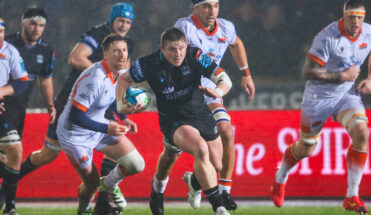
Teams Confirmed for 1872 Cup Opener

Match Preview Glasgow Warriors v Edinburgh Rugby
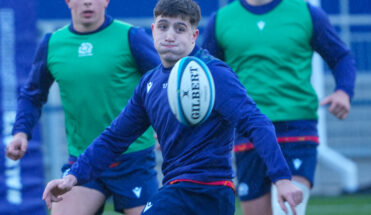
Ventisei to captain Scotland U20 in friendly against Wales
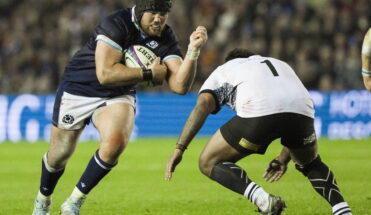
Fagerson signs new multi-year deal with Glasgow Warriors
